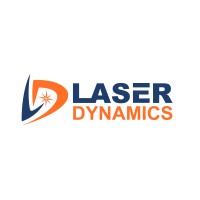
Microbot Oy
Eero Mattila, with 30 years of experience with automation and robotics, has founded Microbot Oy, a company which specializes in finding robotic as well as traditional mechanical solutions for customers. Machine control and safety. In the new production machinery safety is already there. When modernizing old, but useful machines the safety regulations should be met like they were new ones. Microbot Oy is designing and manufacturing control and safety systems for renovated production machines with several years experience.






